Schmersal Circuit Breakers


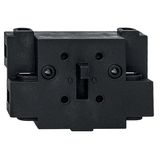


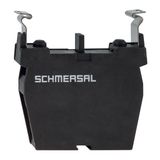
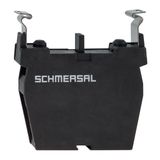
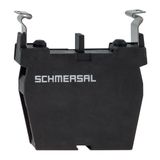
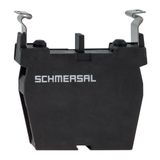
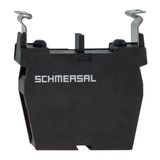
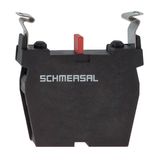
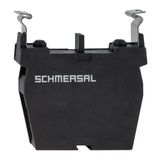
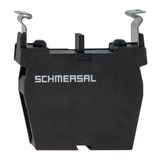

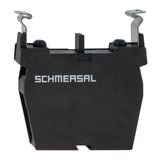
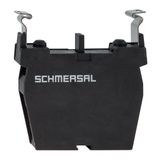
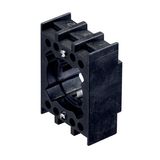
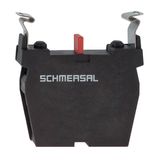

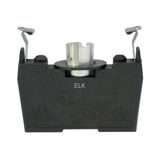

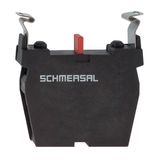
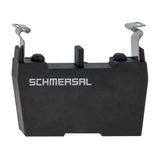



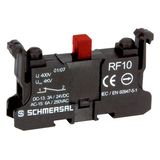

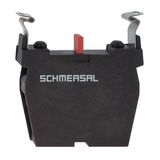
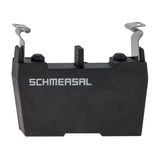

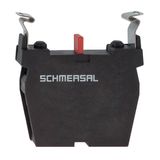
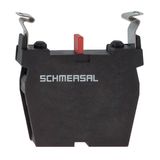
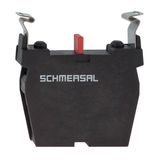
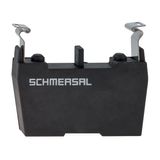
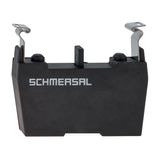
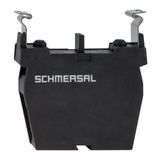
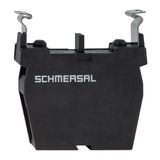
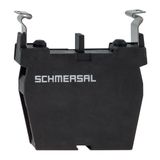
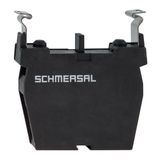
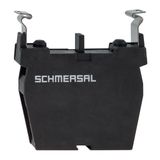
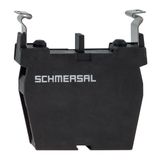

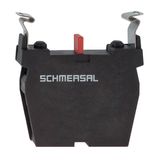
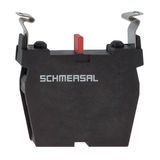
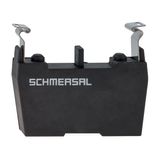

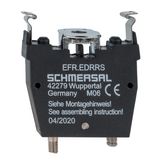
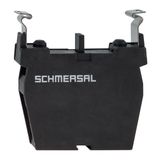


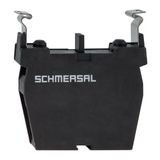
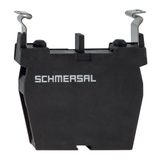

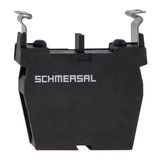
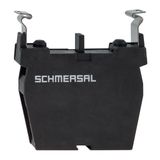

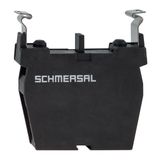


-
-
1
- 2
-
Schmersal Modular Protection Devices for Industrial Panels
Schmersal designs its modular protection range for panel builders who expect compact form factors, consistent trip characteristics, and coordinated safety logic inside the same DIN framework. Each breaker, relay, and interface element fits the 17.5 mm modular pitch familiar from automation cabinets, allowing installers to mix feeder protection, safety switching, and control modules on one rail. The schmersal breakers and din modular devices portfolio covers rated currents from 0.5 A to 63 A and breaking capacities up to 10 kA at 400 V AC, ensuring reliable isolation and circuit protection in both machine-level and plant-distribution applications.
Schmersal Safety Modules in Machine and Process Circuits
When machine guarding or functional stop control is required, schmersal safety modules provide monitored input channels and redundant relay outputs compliant with ISO 13849-1 PL e and IEC 62061 SIL 3 architectures. Versions accept safety contacts, OSSD signals, or light-curtain inputs with cross-short detection and restart interlock. Response times remain in the few-millisecond range, suitable for high-speed packaging or assembly lines. Detachable terminals and front-mounted diagnostic LEDs simplify testing and replacement, keeping downtime short during maintenance cycles.
Technical Standards and Build of Schmersal DIN Rail Modules
All schmersal DIN rail modules follow the dimensional and wiring guidance of IEC 60204-1 and EN 50022 profiles. Electrical characteristics depend on device type but typically include 24 V DC control logic, 230/400 V AC operational circuits, and dielectric strength up to 2.5 kV. Contact ratings reach 6 A resistive per channel, and creepage/clearance distances align with overvoltage category III. Housing materials resist 850 °C glow-wire testing; environmental operation spans −25 … +70 °C. IP20 finger-safe terminals with captive screws allow fast cross-wiring using standard link bars, while accessory jumpers bridge adjacent poles in multi-motor starters.
Integration and Wiring of Schmersal Safety Switching Devices
In modern control enclosures, schmersal safety switching devices interface directly with the brand’s coded sensors, emergency-stop buttons, and contactor relays. Functional feedback loops (EDM) verify contactor drop-out before reset, meeting CE marking expectations without separate relay logic. The modular housing accepts optional communication interfaces such as IO-Link or AS-i for diagnostics. Installers appreciate identical terminal numbering across safety and standard versions, which keeps schematic drafting uniform and reduces commissioning errors in mixed-voltage panels.
Application Scope of Schmersal Control Protection Gear
Engineers apply schmersal control protection gear across conveyors, handling robots, and press automation where selective shutdown and overload isolation are critical. Circuit breakers protect supply branches and valve manifolds; safety relays handle guard inputs; and monitoring modules supervise e-stop chains. In retrofit work, the narrow modular widths help reclaim panel space, while uniform labeling zones fit common CAD templates. The devices cooperate smoothly with Schmersal field sensors and actuator feedback, so the entire safety channel—from detection to disconnection—stays within one certified ecosystem.
Selection Guidelines for OEM and Integrator Projects
Before specifying, verify trip curves (B, C, D) and inrush tolerance of drives. Define required contact redundancy and delay behavior for safety relays. Choose multi-channel or feedback-loop variants where category 4 protection is mandatory. Check rated conditional short-circuit current against the upstream fuse rating, and maintain at least 9 mm clearance to neighboring heat-emitting parts. For distributed machines, select plug-in terminal blocks to simplify module exchange without rewiring. Panel engineers often standardize accessories such as bus connectors and link bars to streamline assembly and documentation.
Advantages of Working with Bankoflamps
Procurement through Bankoflamps ensures every Schmersal modular item is traceable by EAN or MPN, with custom project pricing available per bill of materials. Your account portal displays real-time European warehouse inventory and estimated lead times before order confirmation. Quotations typically arrive within an hour, and shipments can be grouped to lower freight overhead for multi-site builds. Registered clients benefit from up-to-30-day post-payment options and stable pricing with validity windows that simplify phased installations. All documentation—data sheets, declarations, and wiring examples—remains downloadable so engineering teams can finalize layouts without delay.